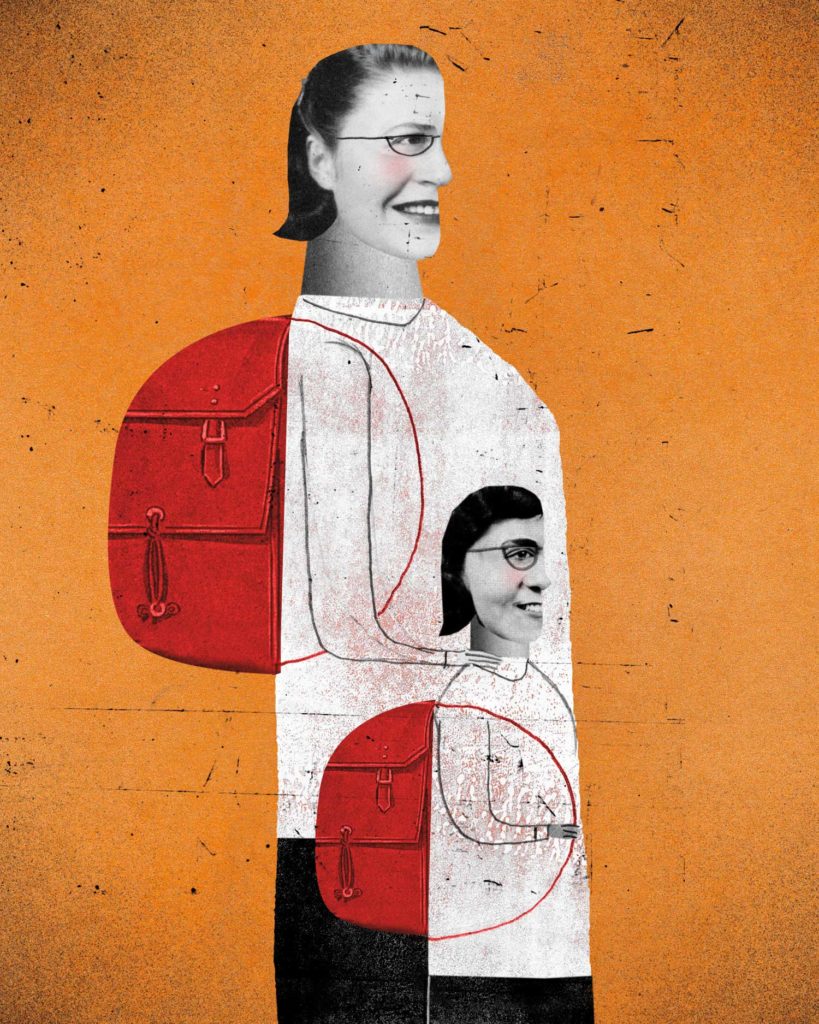Youth and Education Law Project
IMMIGRATION REFORM HAS BECOME A POLITICALLY CONTENTIOUS ISSUE. BUT STANFORD LAW STUDENTS ENROLLED IN THE YOUTH AND EDUCATION LAW PROJECT (YELP) HAVE BEEN LOOKING PAST THE POLITICS OF immigration reform to the real people affected by potential changes. And there are many. Individuals and families impacted by the repeal of the Deferred Action for Childhood Arrivals (DACA) in September 2017 and other proposed immigration reforms include as many as 250,000 undocumented students and 750,000 children of undocumented parents in California.
“After the election, we had a number of clients and educators approach us and ask, ‘What do we do? We want to make sure that our families feel comfortable coming to parent-teacher conferences, attending school assemblies, and participating in their children’s schools without fear of immigration authorities,’ ” says William Koski (PhD ’03), founder and director of YELP.
To provide information to schools facing such tough questions about immigration, YELP with the help of the Stanford Law and Policy Lab worked on a 21-page guide called “Protecting Undocumented and Vulnerable Students.” The guide was developed during the spring quarter of 2017 and published over the summer.
Carly Hite, JD ’18, a former middle and high school teacher and current SLS student, was heavily involved in the project last quarter. “We started with four general questions: How to make sure kids were getting enrolled and staying enrolled, whether or not there were funding issues, how schools could best protect the kids once they were in schools, and how to best liaise with child welfare agencies if parents were picked up or the child was alone in the country,” she says.
The guide has been distributed to charter schools across the state through the California Charter Schools Association (CCSA), which worked closely with YELP to provide insight into the needs of undocumented students. Koski and the clinic students hope the guide will also be helpful to public schools in California and around the country as well.
“The guide was done under the auspices of and directed to the charter school community, but the document applies to any public school,” says Koski. “It has a California focus, but I think a lot of the principles in there have considerable national relevance as well.”
Hite believes that working on this project helped her to become more sensitive to the needs of various constituents when drafting a public document. She also found the policy work to be very useful for her future career in law.
Along with policy advocacy, YELP also serves children, youth, and their families in individual matters.
Cameron Vanderwall, JD ’18 (BA ’15), took the clinic last spring. While working with students with diagnosed disabilities, he became more aware of the challenges facing them, particularly when navigating them through the Individualized Education Plan (IEP)—important documents that confirm services and accommodations a school will commit to providing a student.

“Our work focused on going through the IEPs, meeting with the clients—the students—and their parents to figure out what they needed. We then advocated for those requirements during meetings with school administrators,” says Vanderwall.
GUIDING VANDERWALL AND ALL THE CLINIC STUDENTS ARE Koski and Tara Ford, JD ’93, a clinical supervising attorney and lecturer at law with YELP. They both meet regularly with clinic participants to review each case and to strategize on plans and actions.
High on YELP’s priority list is working with students who are involved with the juvenile justice system and ensuring that those young people have access to quality educational opportunities. By directly helping students receive appropriate education while they are incarcerated and ensuring that they are reintegrated with their schools and communities when released, YELP is identifying the systemic causes of the “school-to-prison pipeline” and the barriers to educational access for system-involved youth.
In an effort to better understand and address those issues, YELP students, including Karen Lou Ding, JD ’18, wrote a preliminary report on the delivery of educational services in juvenile detention centers.
“We were starting from scratch and built a ‘fact base’ of various education practices at juvenile halls in California,” says Ding. The project assessed, among other things, available resources and whether they were under-resourced. Ding and her team also looked at special education services and whether students had access to appropriate services and interventions.
Still in its early stages, the project will be multifaceted.
“Right now, we’re in the process of thinking, ‘Okay, given these sets of issues, how can we fix them? Where should we be using litigation? Where should we be using direct advocacy? Where should we be using collaboration? Where should we be using coalition building?’ ” says Koski.
Like all YELP projects, the skills students taking the clinic acquire will translate to any area of the law they practice.
“So much of what anyone would be able to accomplish is based on building relationships with other people working in the space, to find places where they could help each other and work together,” says Ding.
Vanderwall found the interaction with clients especially rewarding and hopes to continue working on student advocacy in the future—even if it’s pro bono.
He says, “No matter what I do with my career, I can find time to represent a child during an IEP meeting, to be someone who cares, who is interested. I can do that even if I have a full-time job.”
Koski emphasizes the unique chance for students participating in YELP to dig in and play an important role in education advocacy. “For the law student, I think it’s a really exciting opportunity. You start to think, ‘What do we know? How can we learn from it? What’s available to us? How do we address these real big social and institutional problems?’ And just be gutsy enough to do it.” SL
